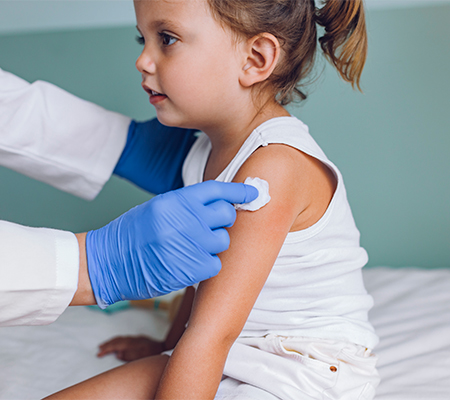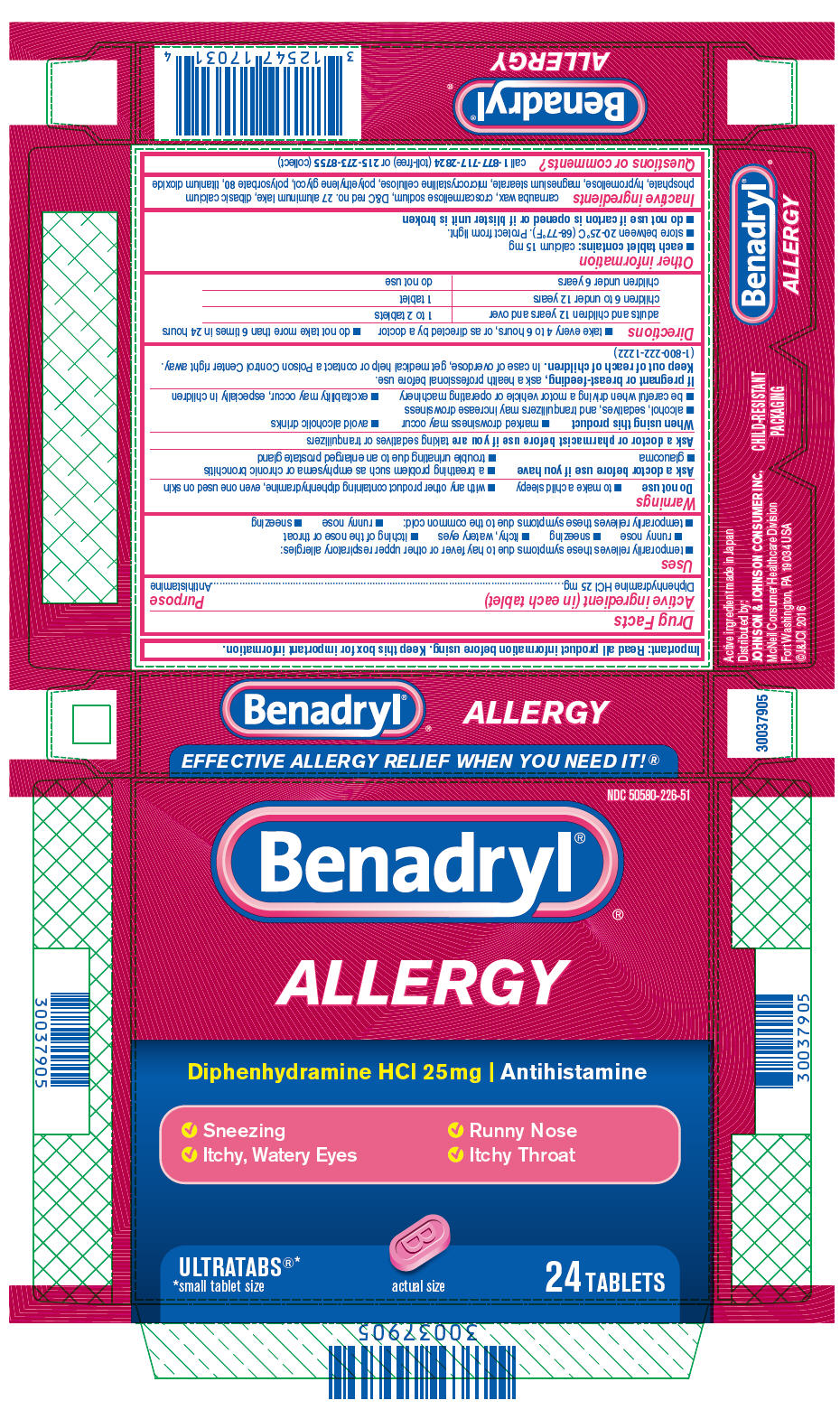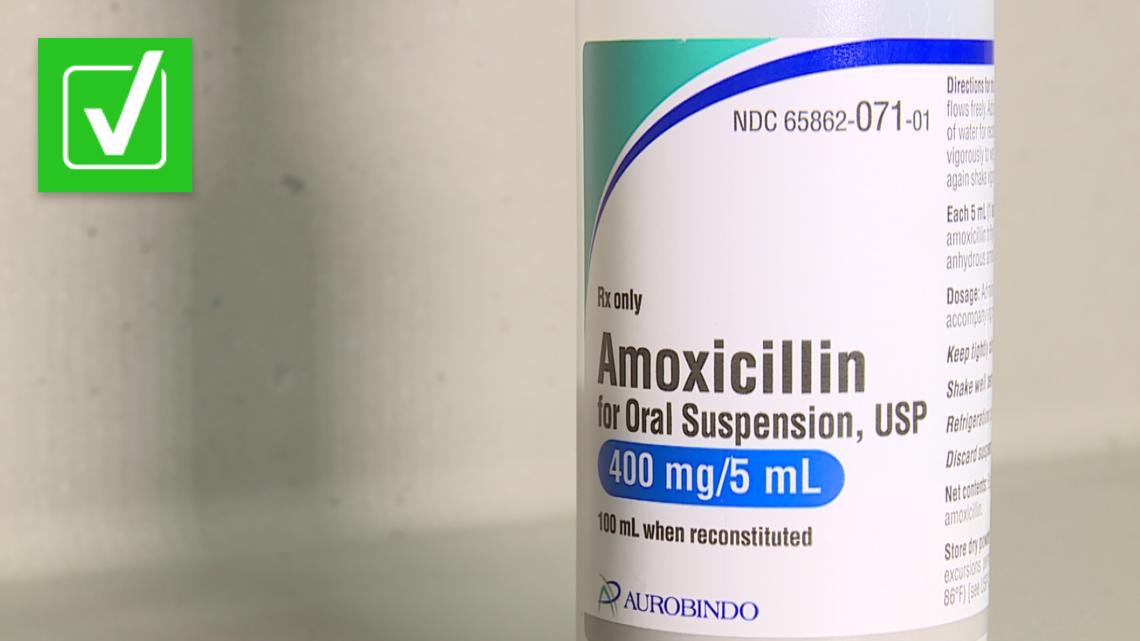Calculating Amoxicillin Dosage for Kids: A Parent’s Guide: Learn how to calculate safe amoxicillin dosage for children based on weight and infection type. Complete dosing charts, administration tips, and safety guidelines for parents.
Table of Contents
- Why Accurate Amoxicillin Dosage is Critical
- Understanding Amoxicillin for Pediatric Use
- Weight-Based Dosage Calculations
- Infection-Specific Dosing Guidelines
- Administration Best Practices
- Common Side Effects and Safety Considerations
- Frequently Asked Questions
- When to Contact Your Doctor
Why Accurate Amoxicillin Dosage is Critical for Children
Calculating the correct amoxicillin dosage for kids is one of the most important aspects of pediatric antibiotic treatment. Getting the dosage right ensures your child recovers effectively while minimizing the risk of adverse reactions.
The Importance of Precise Dosing
Effectiveness: A properly calculated dose ensures the antibiotic reaches therapeutic levels in your child’s system, effectively fighting bacterial infections like strep throat, ear infections, and sinusitis. Underdosing can lead to:
- Incomplete treatment of the infection
- Increased risk of antibiotic resistance
- Prolonged illness and complications
- Need for stronger antibiotics later
Safety: Overdosing can cause serious side effects including:
- Gastrointestinal issues (diarrhea, nausea, stomach pain)
- Skin reactions and rashes
- Severe allergic reactions in penicillin-sensitive children
- Potential kidney or liver complications
Important Medical Disclaimer: This information is for educational purposes only and should NOT replace your pediatrician’s specific instructions. Always follow medical guidance for dosing and consult your healthcare provider before making any changes to prescribed medications.
Understanding Amoxicillin for Pediatric Use {#understanding-amoxicillin}
Amoxicillin is a penicillin-type antibiotic that belongs to the beta-lactam family. It’s widely prescribed for children because of its effectiveness against common bacterial infections and generally favorable safety profile.
What Conditions Does Amoxicillin Treat in Children?
Amoxicillin is commonly prescribed for:
- Acute otitis media (middle ear infections)
- Streptococcal pharyngitis (strep throat)
- Acute bacterial sinusitis
- Lower respiratory tract infections
- Urinary tract infections (UTIs)
- Skin and soft tissue infections
- Dental infections and abscesses
Available Formulations for Children
Liquid Suspensions:
- 125 mg/5 mL
- 200 mg/5 mL
- 250 mg/5 mL
- 400 mg/5 mL
Chewable Tablets:
- 125 mg
- 200 mg
- 250 mg
- 400 mg
Regular Tablets/Capsules:
- 250 mg
- 500 mg
- 875 mg
Weight-Based Amoxicillin Dosage Calculations for Children {#weight-based-calculations}
The most accurate method for calculating amoxicillin dosage for kids is based on body weight. Healthcare providers use milligrams per kilogram per day (mg/kg/day) to determine safe and effective doses.
Standard Pediatric Amoxicillin Dosage Chart
| Child’s Weight | Age Range (approx.) | Standard Dose (40-45 mg/kg/day) | High Dose (80-90 mg/kg/day) |
|---|---|---|---|
| 5 kg (11 lbs) | 2-6 months | 100-125 mg twice daily | 125 mg three times daily |
| 8 kg (18 lbs) | 6-12 months | 125 mg twice daily | 200 mg twice daily |
| 10 kg (22 lbs) | 12-18 months | 125 mg three times daily | 250 mg three times daily |
| 12 kg (26 lbs) | 18-24 months | 200 mg twice daily | 300 mg twice daily |
| 15 kg (33 lbs) | 2-3 years | 250 mg twice daily | 375 mg twice daily |
| 18 kg (40 lbs) | 3-4 years | 200 mg three times daily | 400 mg twice daily |
| 20 kg (44 lbs) | 4-5 years | 250 mg three times daily | 500 mg twice daily |
| 25 kg (55 lbs) | 5-7 years | 375 mg twice daily | 500 mg three times daily |
| 30 kg (66 lbs) | 7-9 years | 375 mg three times daily | 750 mg twice daily |
| 35 kg (77 lbs) | 9-11 years | 500 mg twice daily | 875 mg twice daily |
| 40 kg+ (88 lbs+) | 11+ years | 500 mg three times daily | 875 mg twice daily or 1000 mg twice daily |
How to Calculate Exact Dosage
Step 1: Convert your child’s weight to kilograms (if measured in pounds)
- Weight in kg = Weight in lbs ÷ 2.2
Step 2: Multiply by the prescribed mg/kg/day dose
- For standard infections: Weight (kg) × 40-45 mg
- For severe infections: Weight (kg) × 80-90 mg
Step 3: Divide the total daily dose by frequency (2 or 3 times daily)
Example Calculation: For a 20 kg child with a mild ear infection:
- Daily dose: 20 kg × 45 mg/kg = 900 mg/day
- Divided three times daily: 900 mg ÷ 3 = 300 mg per dose
- Round to nearest available strength: 250 mg three times daily
Infection-Specific Amoxicillin Dosing Guidelines
Different bacterial infections require specific dosing protocols to ensure optimal treatment outcomes and prevent antibiotic resistance.
Detailed Dosing by Infection Type
Acute Otitis Media (Ear Infections)
Mild to Moderate:
- Dosage: 40-45 mg/kg/day divided into 2-3 doses
- Duration: 5-10 days (typically 7 days for children under 2)
- Notes: Shorter courses may be appropriate for older children with mild symptoms
Severe or Recurrent:
- Dosage: 80-90 mg/kg/day divided into 2-3 doses
- Duration: 10 days
- Notes: Higher doses recommended for children with recent antibiotic use or daycare attendance
Streptococcal Pharyngitis (Strep Throat)
- Dosage: 40-50 mg/kg/day divided into 2-3 doses
- Maximum: 1000 mg/day
- Duration: 10 days (essential to complete full course)
- Notes: Must complete entire course to prevent rheumatic fever
Acute Bacterial Sinusitis
- Dosage: 45 mg/kg/day divided into 2 doses (twice daily)
- Duration: 10-14 days
- Notes: High-dose therapy may be needed for severe cases or treatment failures
Lower Respiratory Tract Infections
Community-Acquired Pneumonia:
- Dosage: 45-90 mg/kg/day divided into 2-3 doses
- Duration: 7-10 days
- Notes: Higher doses for severe cases or suspected resistant pathogens
Urinary Tract Infections
- Dosage: 25-45 mg/kg/day divided into 3 doses
- Duration: 7-10 days
- Notes: Lower doses often effective due to high urinary concentrations
Skin and Soft Tissue Infections
- Dosage: 40-50 mg/kg/day divided into 2-3 doses
- Duration: 7-10 days
- Notes: May need longer treatment for deeper infections
Administration Best Practices for Pediatric Amoxicillin
Proper administration is crucial for medication effectiveness and child compliance.
Liquid Suspension Administration
Preparation:
- Always shake well before each dose – active ingredients settle
- Use proper measuring devices:
- Oral syringes (most accurate)
- Medicine cups with clear markings
- Never use household spoons (inaccurate)
Administration Tips:
- Give with or without food (absorption not significantly affected)
- Space doses evenly throughout the day
- For twice-daily dosing: every 12 hours
- For three-times-daily dosing: every 8 hours
Chewable Tablet Guidelines
For Children Who Can Chew:
- Ensure complete chewing before swallowing
- Can be crushed and mixed with small amount of food if needed
- Confirm with pharmacist before crushing any medication
Tablet/Capsule Administration
For Older Children:
- Only for children who can safely swallow whole tablets
- Never crush extended-release formulations
- Can take with food to reduce stomach upset
Helpful Strategies for Reluctant Children
Flavoring Options:
- Ask pharmacist about available flavoring (bubble gum, cherry, strawberry)
- Some pharmacies offer custom flavoring services
Mixing Guidelines:
- Safe to mix with: Small amounts of applesauce, yogurt, or pudding
- Confirm with doctor first – some foods may affect absorption
- Never mix with: Acidic juices that may degrade the antibiotic
- Use immediately after mixing – don’t store mixed medications
Behavioral Strategies:
- Use positive reinforcement and praise
- Offer small rewards after successful dosing
- Create a medication schedule with stickers
- Use distraction techniques (songs, stories, games)
- Let older children help with preparation when appropriate
Managing Missed Doses and Storage Guidelines
What to Do If You Miss a Dose
Timing Guidelines:
- If remembered within 2 hours of scheduled time: Give immediately
- If close to next dose (within 2 hours): Skip missed dose, continue regular schedule
- Never double dose to make up for missed medication
- Contact your doctor if you miss multiple doses
Proper Storage Requirements
Liquid Suspensions:
- Must be refrigerated at 36-46°F (2-8°C)
- Never freeze – freezing destroys the medication
- Stable for 14 days when properly refrigerated
- Discard after expiration date on bottle
Tablets and Capsules:
- Store at room temperature (68-77°F)
- Keep in original container with desiccant
- Protect from moisture and heat
- Store away from bathrooms and kitchens
General Storage Tips:
- Keep all medications out of reach of children
- Check expiration dates regularly
- Properly dispose of leftover antibiotics
- Never save antibiotics for future use
Common Side Effects and Safety Considerations
Understanding potential side effects helps parents monitor their children and know when to seek medical attention.
Common Side Effects (Occur in 1-10% of children)
Gastrointestinal:
- Diarrhea (most common)
- Nausea and vomiting
- Abdominal pain or cramping
- Loss of appetite
Skin Reactions:
- Mild rash (non-allergic)
- Diaper rash (in infants)
Other:
- Headache
- Dizziness
- Vaginal yeast infections (in girls)
Serious Side Effects Requiring Immediate Medical Attention
Allergic Reactions:
- Hives or severe rash
- Swelling of face, lips, tongue, or throat
- Difficulty breathing or wheezing
- Severe dizziness or fainting
Severe Gastrointestinal:
- Severe, persistent diarrhea
- Blood or mucus in stool
- Severe abdominal pain
- Signs of dehydration
Clostridioides difficile (C. diff) Infection:
- Persistent watery diarrhea
- Abdominal cramping
- Fever
- Blood in stool
Drug Interactions and Contraindications
Important Interactions:
- Oral contraceptives: May reduce effectiveness
- Warfarin: May increase bleeding risk
- Methotrexate: May increase toxicity
- Live vaccines: May reduce vaccine effectiveness
Contraindications:
- Known allergy to penicillin or amoxicillin
- History of severe allergic reactions to beta-lactam antibiotics
- Mononucleosis (can cause severe rash)
Frequently Asked Questions About Amoxicillin for Children {#faqs}
Most children begin showing improvement within 24-48 hours of starting treatment. However, it’s crucial to complete the entire prescribed course, even if symptoms improve quickly.
Yes, amoxicillin can be given with or without food. Taking it with food may help reduce stomach upset in sensitive children.
If vomiting occurs within 30 minutes of dosing, you may repeat the dose. If vomiting happens later, wait for the next scheduled dose. Contact your doctor if vomiting persists.
Yes, amoxicillin is safe for infants when prescribed by a pediatrician and given in appropriate doses. Very young infants may require different dosing schedules.
No, children with penicillin allergies should not take amoxicillin, as it’s a penicillin-type antibiotic. Always inform your doctor of any known allergies.
Contact your pediatrician or poison control immediately. While single overdoses rarely cause serious problems, it’s important to get medical guidance.
If vomiting occurs within 30 minutes of dosing, you may repeat the dose. If vomiting happens later, wait for the next scheduled dose. Contact your doctor if vomiting persists.
Yes, amoxicillin is safe for infants when prescribed by a pediatrician and given in appropriate doses. Very young infants may require different dosing schedules.
While rare, some children may experience hyperactivity or mood changes. These effects are usually temporary and resolve when the medication is discontinued.
When to Contact Your Doctor
Immediate Medical Attention Required
Call 911 or go to emergency room if:
- Signs of severe allergic reaction (difficulty breathing, swelling, severe hives)
- Severe abdominal pain with vomiting
- Signs of severe dehydration
- High fever with severe headache and neck stiffness
Contact Your Doctor Soon
Call within 24 hours if:
- No improvement after 48-72 hours of treatment
- Worsening symptoms despite treatment
- Development of new symptoms
- Persistent vomiting preventing medication administration
- Signs of C. diff infection (severe diarrhea, blood in stool)
Routine Follow-up Situations
Schedule follow-up if:
- Completing treatment for serious infections (pneumonia, severe ear infections)
- History of recurrent infections
- Concerns about treatment effectiveness
- Questions about future antibiotic use
Additional Resources and Support
Trusted Medical Resources
- American Academy of Pediatrics: Guidelines for antibiotic use in children
- Centers for Disease Control and Prevention: Antibiotic resistance and safe use information
- U.S. Food and Drug Administration: Medication safety alerts and recalls
- Poison Control: 1-800-222-1222 for overdose questions
Documentation and Tracking
Consider keeping a medication log that includes:
- Date and time of each dose
- Any side effects observed
- Child’s response to treatment
- Questions for your healthcare provider
Conclusion: Ensuring Safe and Effective Amoxicillin Treatment
Calculating amoxicillin dosage for kids requires careful attention to weight, infection type, and individual factors. By following weight-based dosing guidelines, understanding infection-specific requirements, and maintaining proper administration practices, parents can help ensure their children receive safe and effective antibiotic treatment.
Remember that this guide provides educational information only and should never replace professional medical advice. Always consult with your child’s pediatrician for specific dosing instructions and treatment plans. When used correctly under medical supervision, amoxicillin remains one of the safest and most effective antibiotics for treating common bacterial infections in children.
Key Takeaways:
- Always use weight-based calculations for accurate dosing
- Complete the full course of treatment, even if symptoms improve
- Monitor for side effects and allergic reactions
- Store medications properly and dispose of leftovers safely
- Contact your healthcare provider with any concerns or questions
By staying informed and following medical guidance, you can help your child recover safely and effectively from bacterial infections while contributing to the responsible use of antibiotics in pediatric care.




